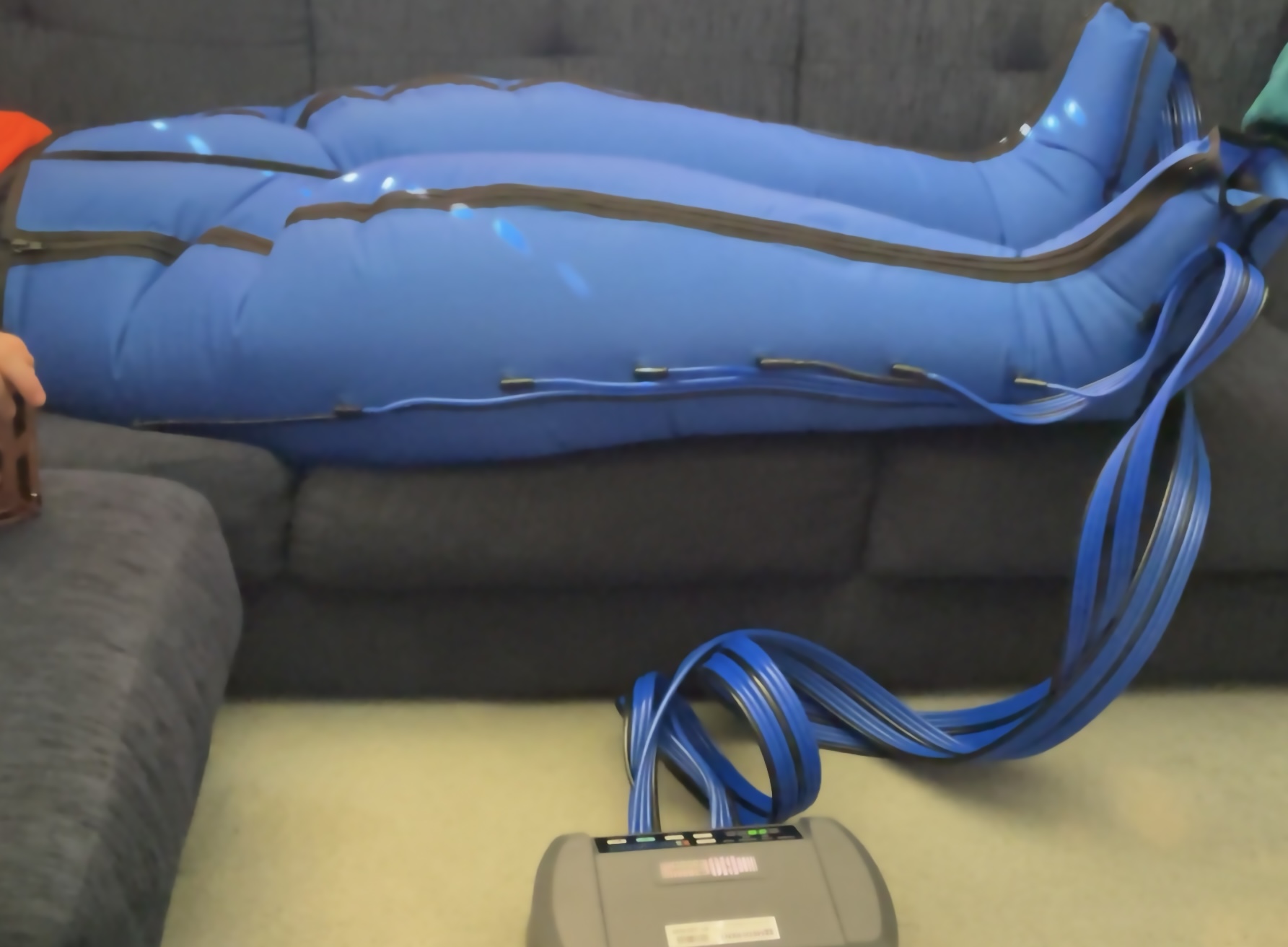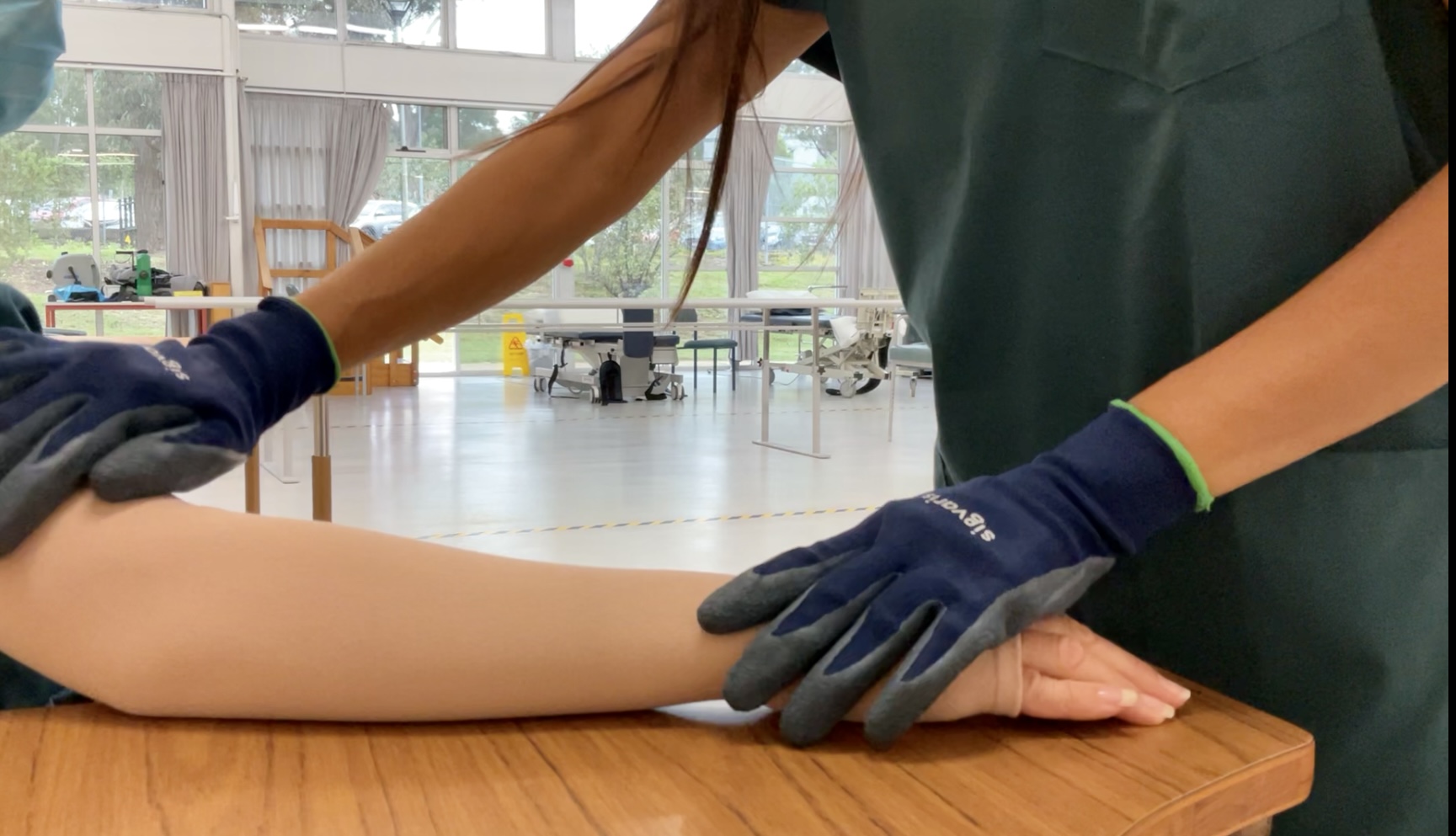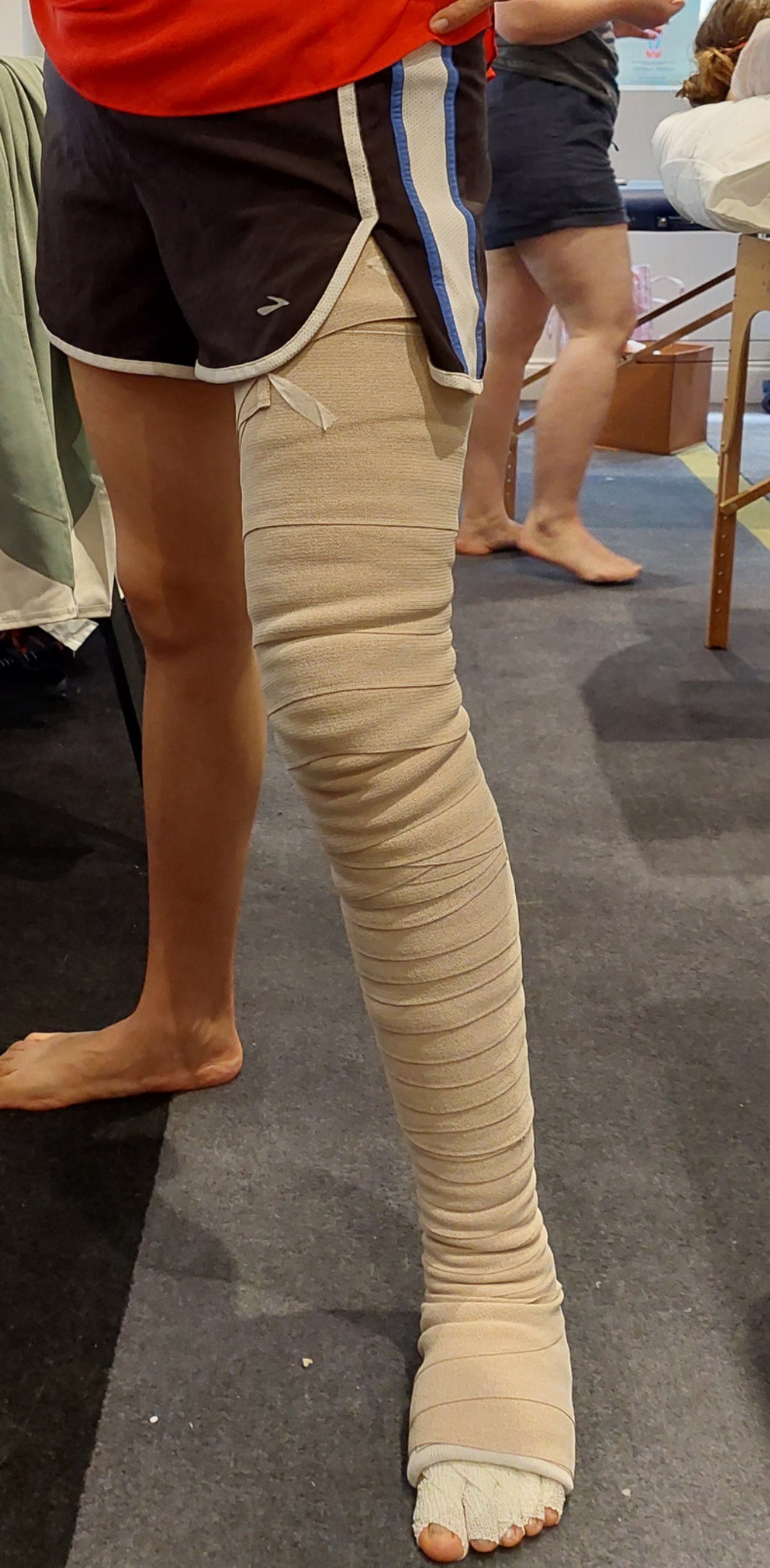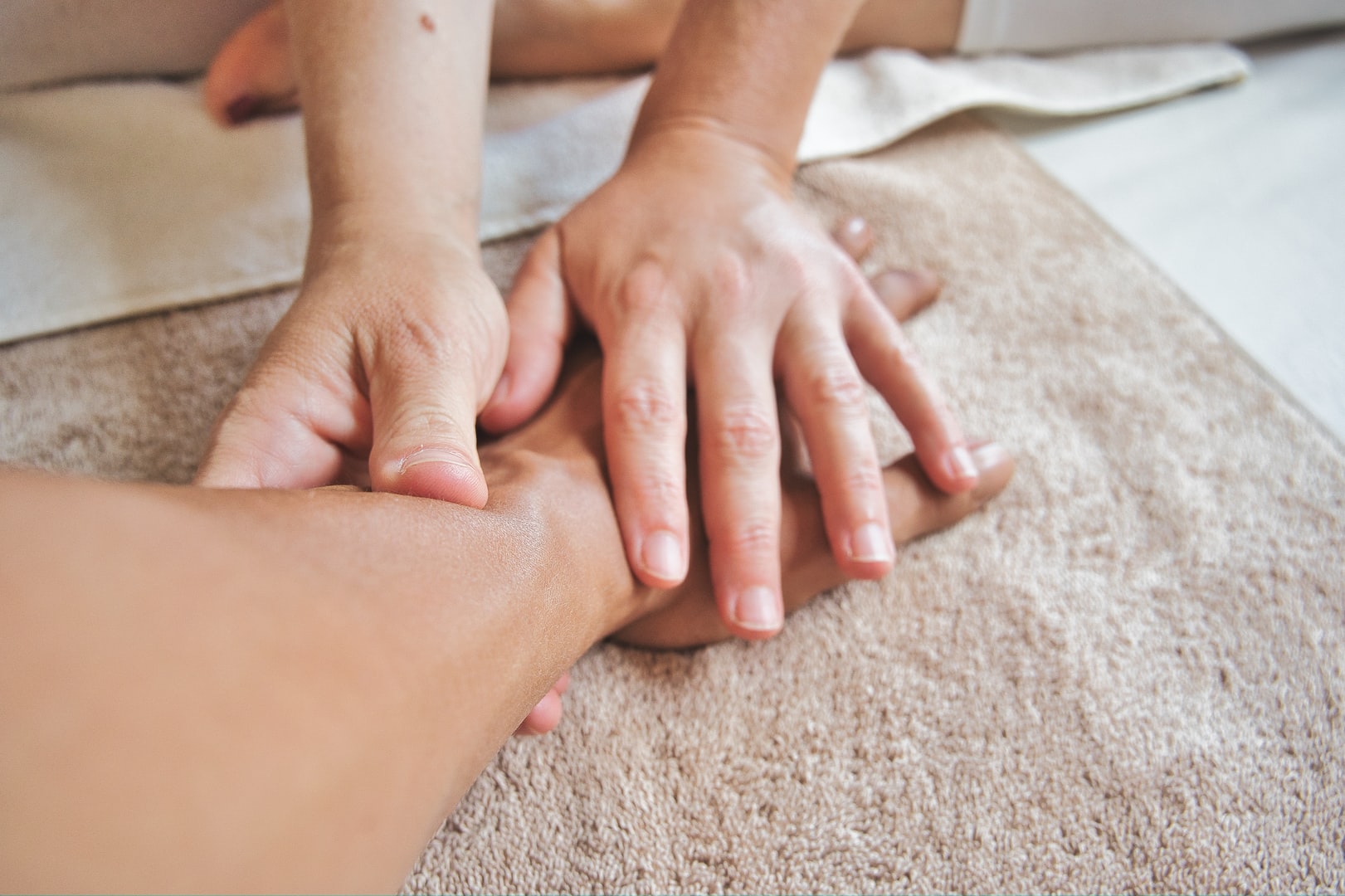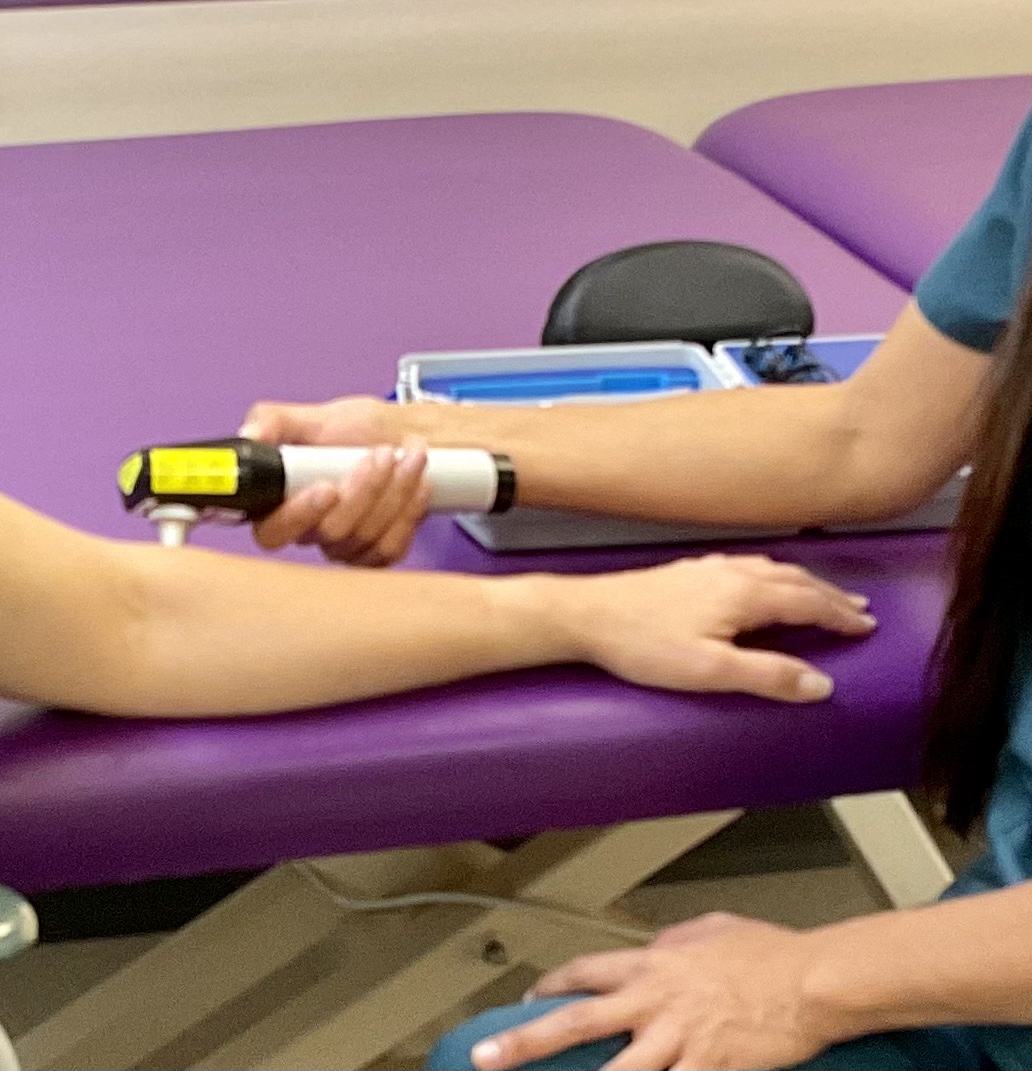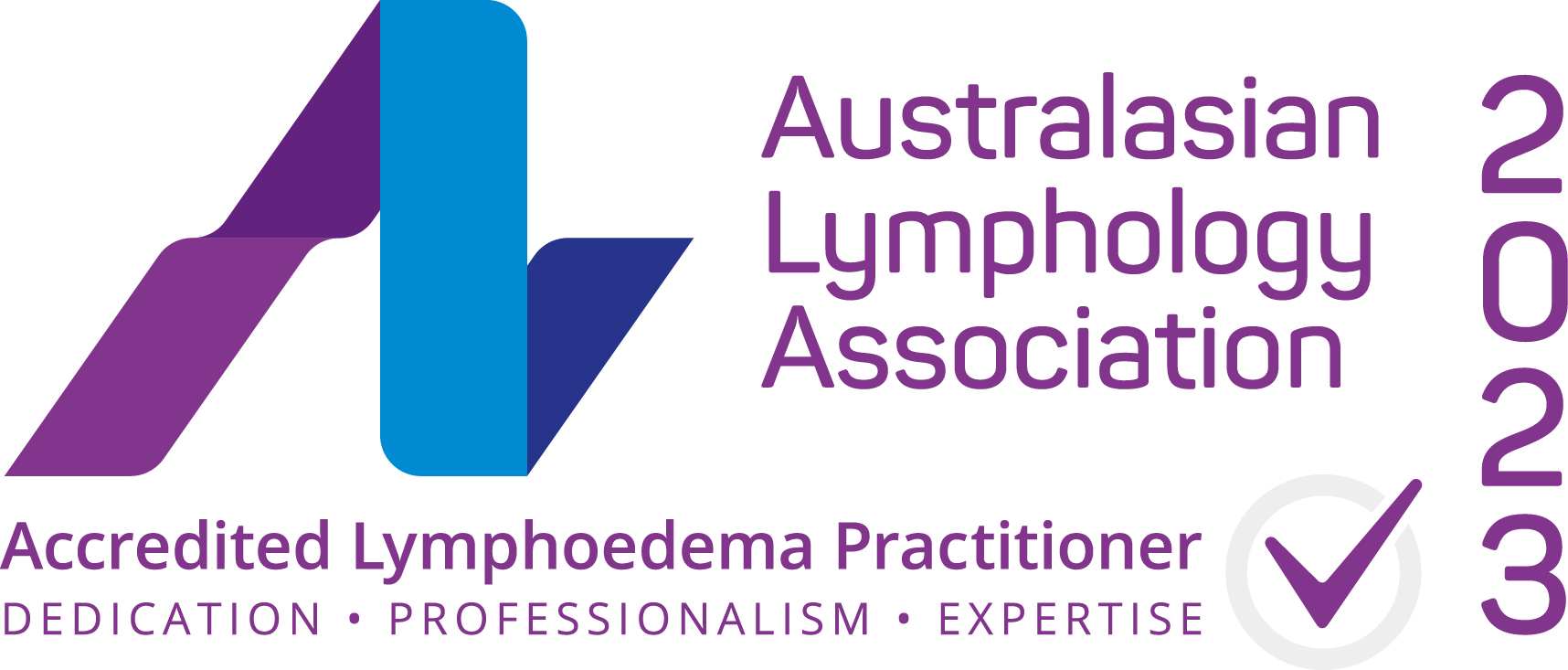OEDEMA MANAGEMENT
Oedema Physio Offers Individualized Lymphoedema and Lipoedema Treatment
Lymphoedema and lipoedema are distinct conditions, though they can both result in similar symptoms, such as swelling and discomfort. An individualized treatment plan is essential for managing these conditions, as both require personalized approaches based on the patient's specific needs, lifestyle, and the severity of the condition. A tailored approach is vital for effective symptom management, improving the patient's quality of life, and preventing complications.
Exercise
Exercise plays a vital role in reducing swelling by promoting the movement of accumulated fluid in the affected area. It also helps alleviate tightness, pain, and weakness. Our physiotherapists will design a personalized exercise program tailored to your lifestyle, daily activities, and specific goals. The program includes stretches, strengthening exercises, and task-oriented activities to improve balance, mobility, and manage swelling. To support consistent progress, the program is designed to be engaging and aligned with your needs, enhancing adherence and effectiveness.
Lymphatic Massage (Manual Lymphatic Drainage)
Lymphatic massage, or Manual Lymphatic Drainage (MLD), is a specialized therapeutic technique designed to stimulate the lymphatic system and encourage the flow of lymph fluid. This gentle, rhythmic massage helps reduce swelling, improve circulation, and promote detoxification.
Benefits of Lymphatic Massage
Reduces swelling by facilitating the movement of lymph fluid, especially in areas affected by lymphoedema.
Relieves pain and discomfort associated with fluid retention and tissue congestion.
Boosts immune function by supporting the lymphatic system’s role in filtering waste and pathogens from the body.
Improves circulation and reduces the feeling of heaviness or tightness in the limbs.
Enhances skin tone and texture by reducing the build-up of toxins and fluid.
How It Works
Lymphatic massage uses light, precise strokes to move the fluid in the body toward the lymph nodes, where it can be filtered and processed.
This non-invasive therapy targets the superficial lymphatic vessels and promotes the natural drainage of lymph fluid, especially in areas where swelling is most noticeable.
When It's Used
It is commonly used to treat conditions like lymphoedema, post-surgical swelling, or swelling due to injury.
It can also be used for general detoxification and to enhance immune system function.
Regular lymphatic massage, combined with other treatments like compression therapy and exercise, can significantly improve outcomes for those managing lymphatic disorders.
Compression bandages
Multilayer compression bandaging is a highly effective method used to manage lymphoedema, venous ulcers, and other conditions involving swelling and fluid retention. It involves the application of several layers of bandages, each serving a specific purpose to provide both compression and support.
Benefits of Multilayer Compression Bandages
Reduces swelling by encouraging the movement of excess fluid from the affected area.
Prevents fluid re-accumulation and provides sustained compression throughout the day.
Promotes healing in cases of chronic venous insufficiency or venous ulcers.
Improves circulation and supports the lymphatic system.
Reduces pain associated with swelling and tissue congestion.
Garment prescription
Wearing the compression garment is one of the most important aspects of care which will help you to take control of this condition. The compression garment is prescribed after swelling reduction has been achieved. There are many styles available including arm sleeves, gloves, gauntlets, vests, masks for facial swelling, toe caps, below knee, thigh length, and pantyhose for genital swelling. Prescription will depend on many factors including the extent, shape and severity of the affected area. Information about the Enable NSW compression garment scheme can be found at https://www.enable.health.nsw.gov.au/prescribers/forms/compression-garments and https://www.lymphoedema.org.au/about-lymphoedema/compression-garment-schemes/
Education on self management
Self-management of lymphoedema requires a multifaceted approach that includes consistent care, monitoring, and proactive management. By staying educated and incorporating these strategies into daily life, individuals with lymphoedema can better control their symptoms, reduce the impact of the condition, and improve their overall health and well-being. The more you understand your condition and how to manage it, the better your long-term outcomes will be.
Our physiotherapist will give you information and support to feel confident to continue independently with skin care, self massage, exercise, and use of compression garments.
